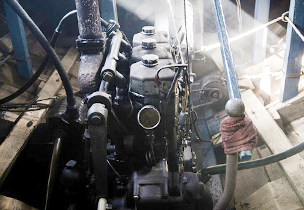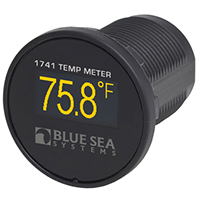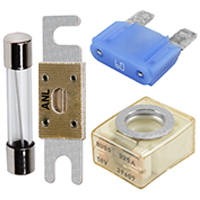Simple Ways to Protect your boat, Change the Oil
Posted by Pacer on 6th Mar 2019


Each boat is different, and as such, may have different oil requirements. Not knowing your specific boat's oil requirements can lead to disastrous results. You can find out exactly what you need for your boat with a quick google search or a quick look at your service manual. Be aware of your boat's oil needs based on the make, model and type of engine your vessel has. Once you know what your boat needs, get the correct filter, oil type, and amount of oil from a reputable source. Do not use "cheap" oil or filters. Your boat has most likely cost you a lot of money. Why not use the best oil and filters you can afford? Seriously, it's a smart move. Word of advice; if you don’t know how to change the oil on your boat, DO NOT try it. Take it to a professional service shop and let them handle it. Many people make the mistake of thinking that changing the oil on a boat will be the same as on a car. That assumption is absolutely wrong. Often times, you’ll need specific tools like an oil extractor pump and oil wrench in order to complete the task effectively and completely. Without the proper tools, you are setting yourself up for a world of trouble. Even if you have all the tools necessary, you have to consider the mess that changing your oil yourself will make. The best course of action, especially if you're somewhat new to boating, is to let the service technicians handle the messy jobs. There’s no shame in letting the professionals take care of the tricky stuff. If your dead set on doing yourself, follow these steps and you should be fine.

How to Change your oil:
- With your boat on a trailer, hook up a cooling water supply and start your engine to get it warm. The easiest way to do this is to use a set of “earmuffs” designed for running in water engines out of the water. This will make sure the oil is moving and at a higher temperature, so it will be easier to drain.
- After a few minutes, shut the engine off and pull the dip stick out of the engine.
- Use your oil extractor pump by inserting the hose into the dipstick tube and slide it all the way in until it stops. Pump out all the oil until nothing more comes out. The oil will stay inside the pump until you can properly dispose of it.
- Using a rag, hold on to the oil filter and use the oil wrench to remove it.
- Take your new filter and apply a little bit of new oil to the gasket to help it make a tight seal.
- Screw the new oil filter into place.
- Put the dipstick back into its proper home.
- Add the new oil through the oil fill port.
A temperature meter can alert you to issues:
Sometimes issues can be hard to diagnosis. Finding an issue before it becomes a problem is an essential step. One of the most useful things you can add to your boat is a temperature meter. This way you can be aware of any abnormalities in your engine's temperature. Overheating can quickly lead to all sorts of problems. As the engine heats unregulated, moving parts begin to expand. These moving parts then make contact with other moving parts which is where the trouble occurs. Overheating can lead to total engine failure as the entire engine can seize up. Using a temperature meter can alert you to an unexpected increase in heat. This way you can be preemptive and figure out what is wrong before it becomes a more serious issue.
Sometimes it’s as simple as a fuse:
People have the tendency to think that equipment is broken or damaged when in actuality it can be as simple as a fuse. While you're changing your oil, take a look at your fuses and make sure none of them are blown. Sometimes you will know about a blown fuse immediately, other times, it's not so obvious. That's why the oil change is the perfect time to double check all your fuses for signs of damage. If a fuse has severe char marks around it, you may want to consider replacing the fuse block as well. A smart move to make is to carry two or three spare fuses for each size and style your boat needs. This way you are prepared when a fuse blows while out on the water. The last you want is to be stuck on the water because you don't have a spare fuse.


